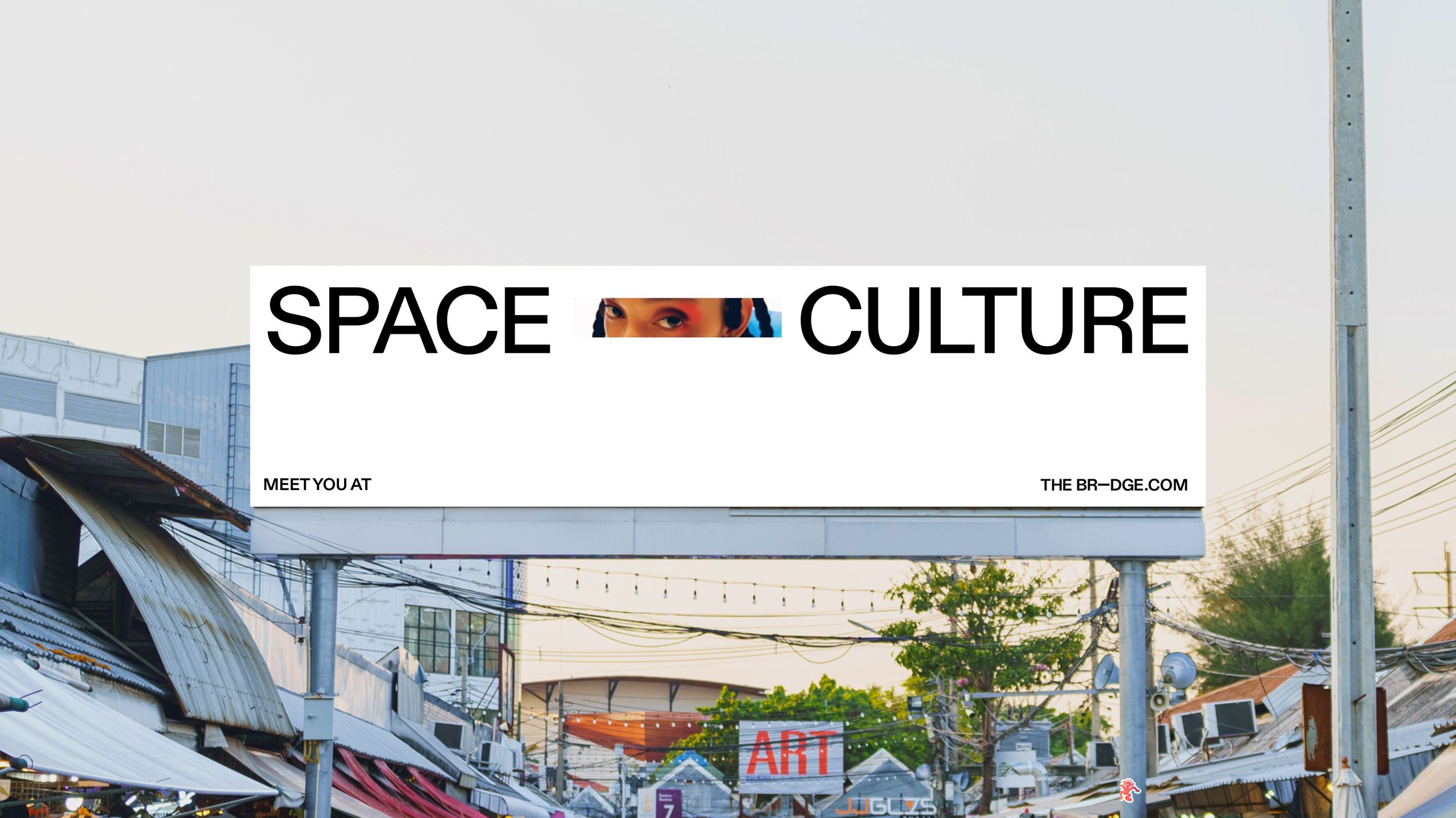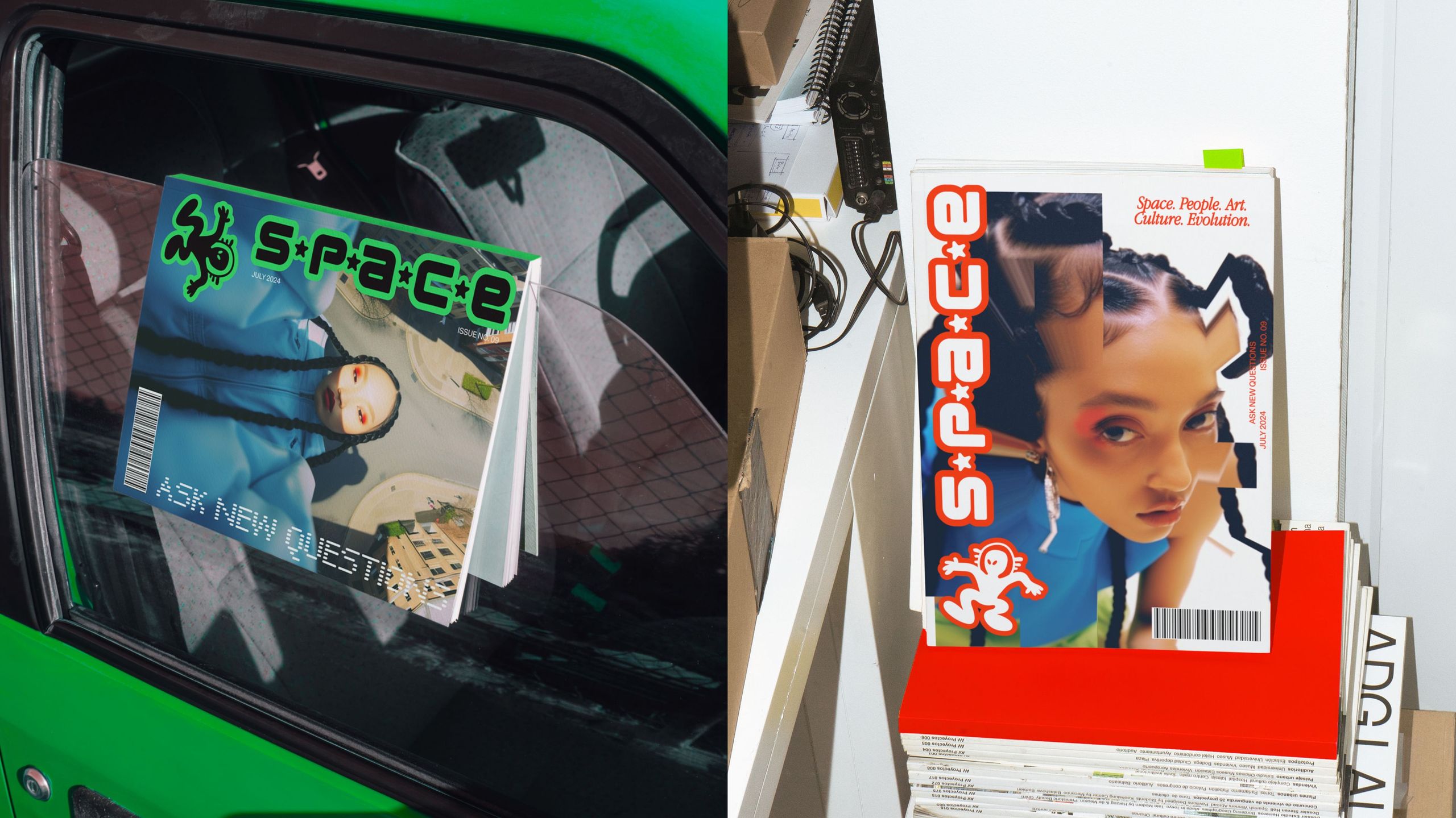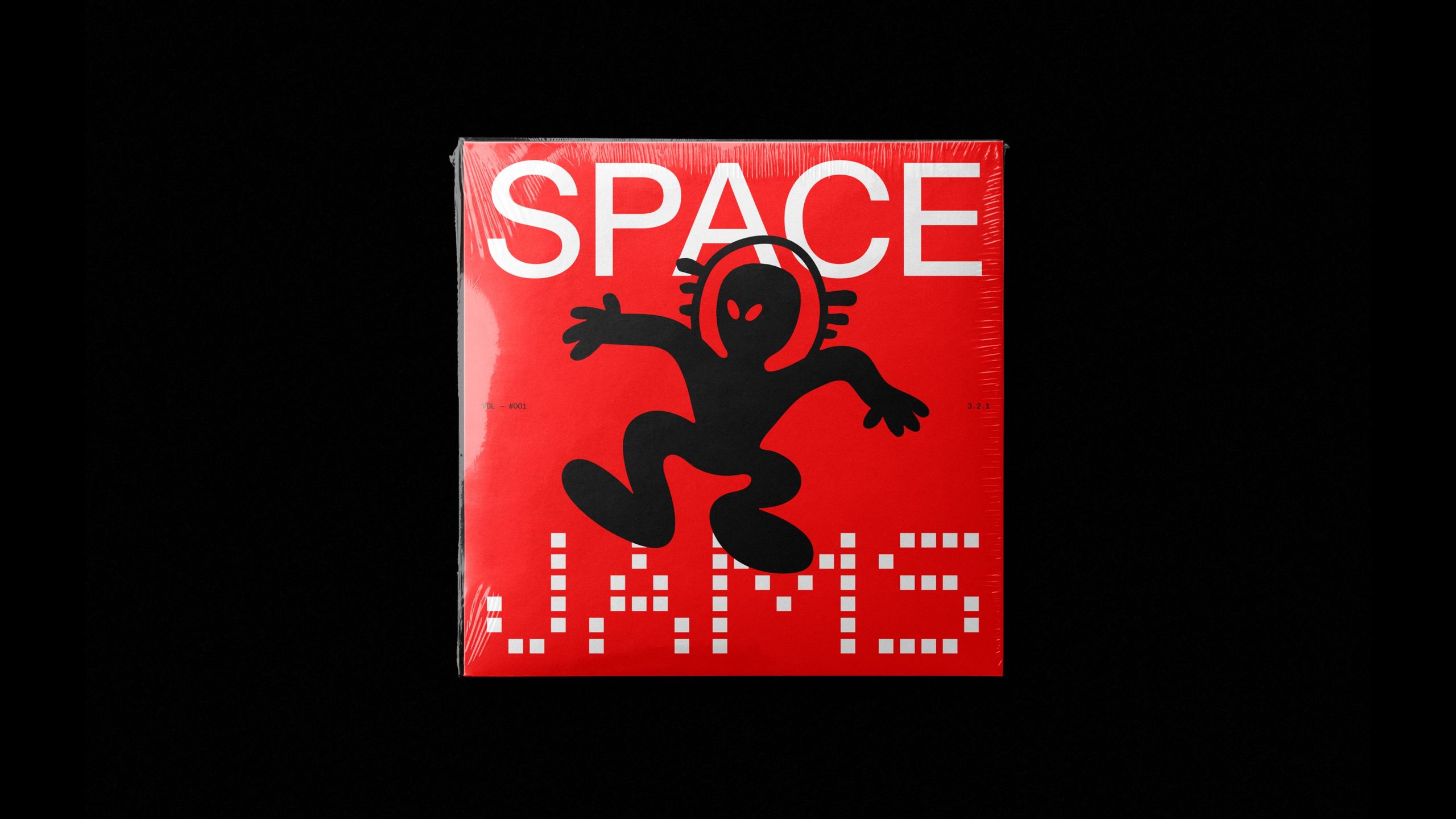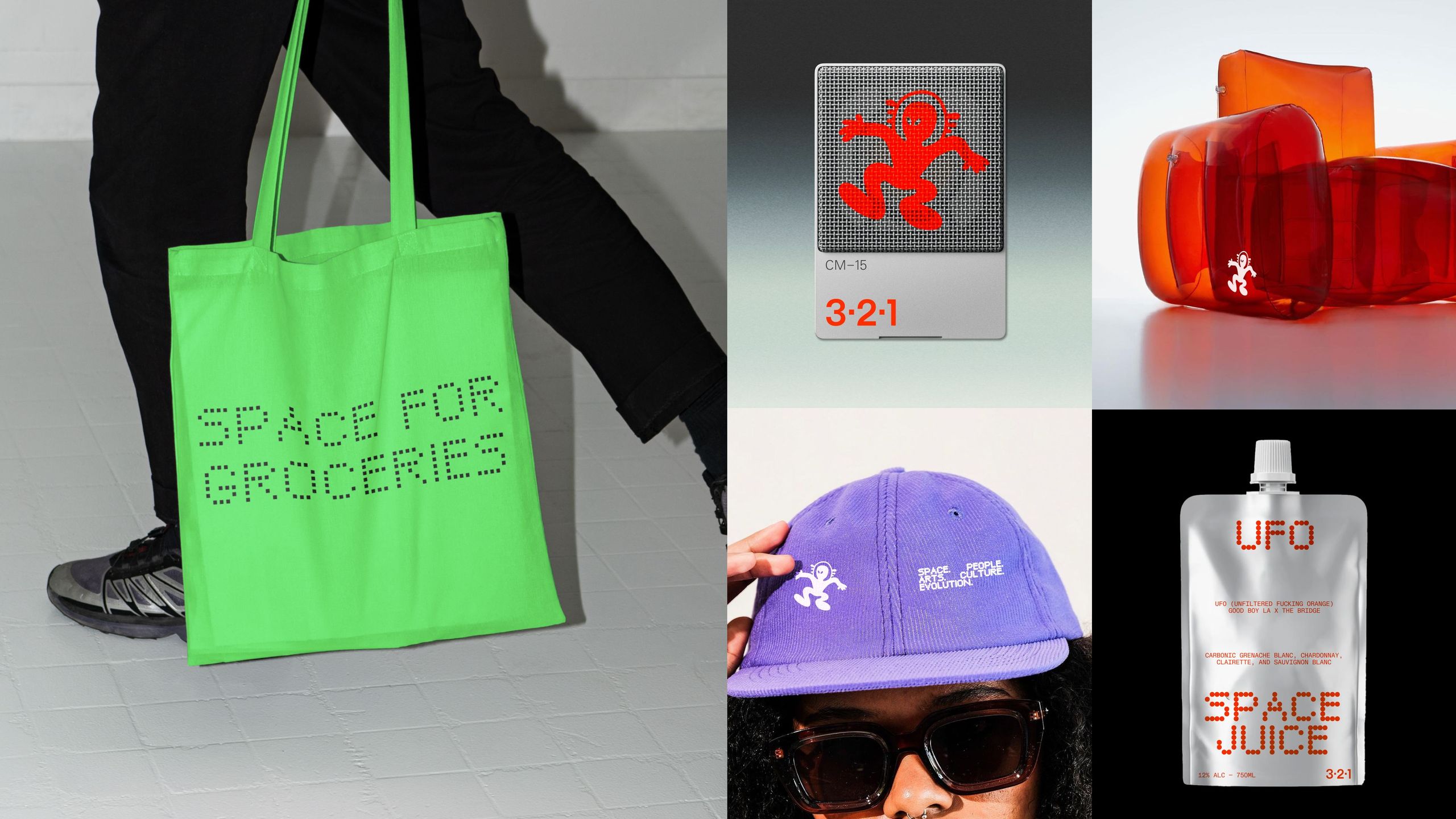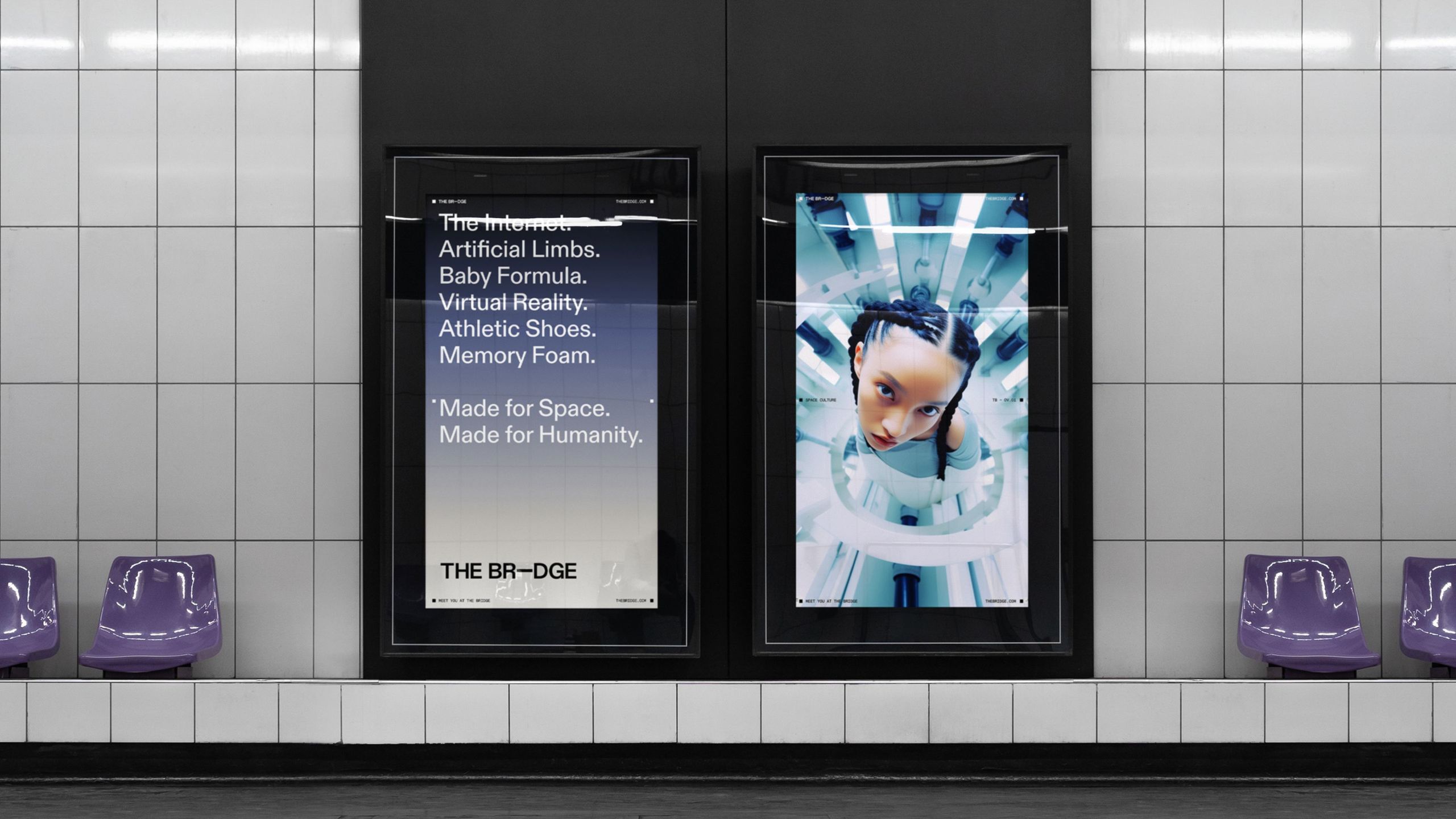
The Disruptive Technology Index (D.T.I), in partnership with SpaceWERX and its $500 million innovation fund, has established The Bridge in Los Angeles. This pioneering hub accelerates dual-purpose tech companies to orbit readiness within 15-17 months through its Incubate 2 Accelerate (I.2.A) program.
Despite substantial resources, D.T.I and The Bridge previously grappled with disjointed brand identities that did not fully capture their innovative ambitions within the complex space economy. This issue, paired with the need to reshape an elitist space narrative dominated by giants like NASA and SpaceX, prompted a strategic rebrand.

The idea was to create a brand that could bridge space and culture, science and art, funding and ideas. At The Bridge, the rebrand goes beyond challenging the status quo; it aims to integrate space technology into daily life, democratize access, and connect diverse sectors—all the way from the streets to the Pentagon. Their goal is to make D.T.I and The Bridge as synonymous with space as their renowned peers.
We introduced a timeless yet contemporary logo design system that unifies D.T.I, The Bridge, I.2.A, and 3.2.1. This cohesive brand family establishes a strong visual identity, adding clarity and coherence that was previously missing, and reinforcing the interconnectedness of the entities under one unified mission.

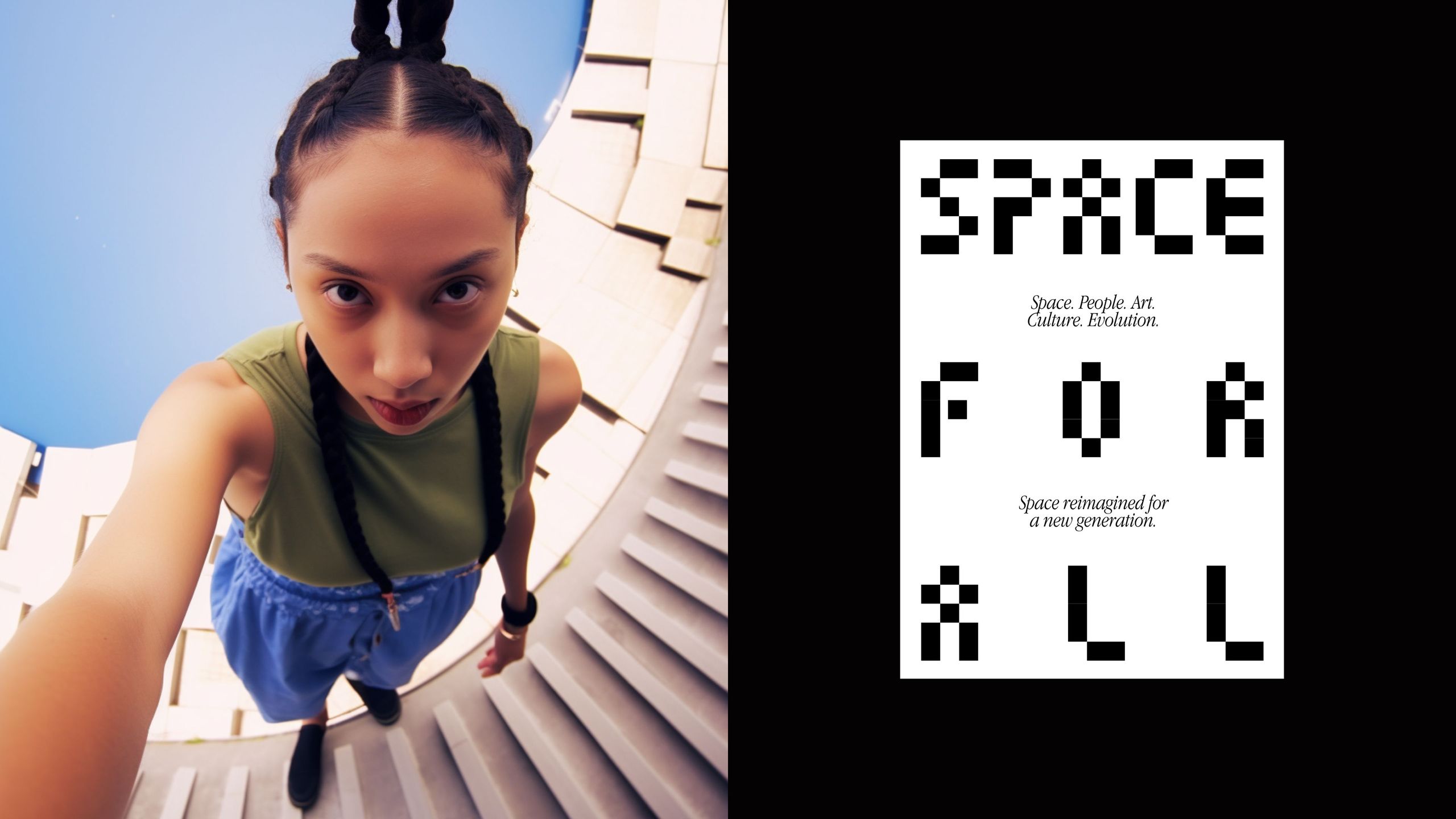
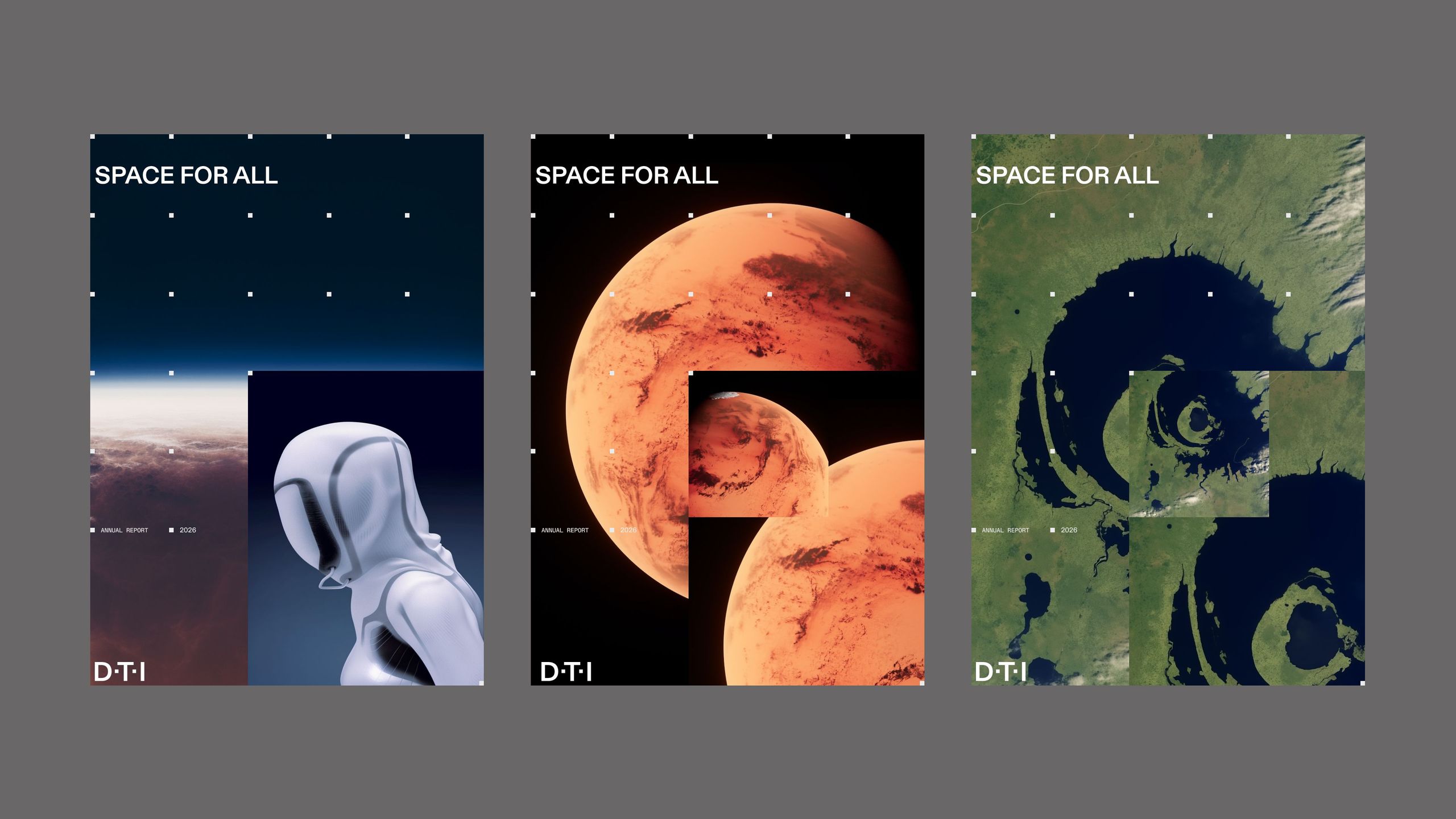
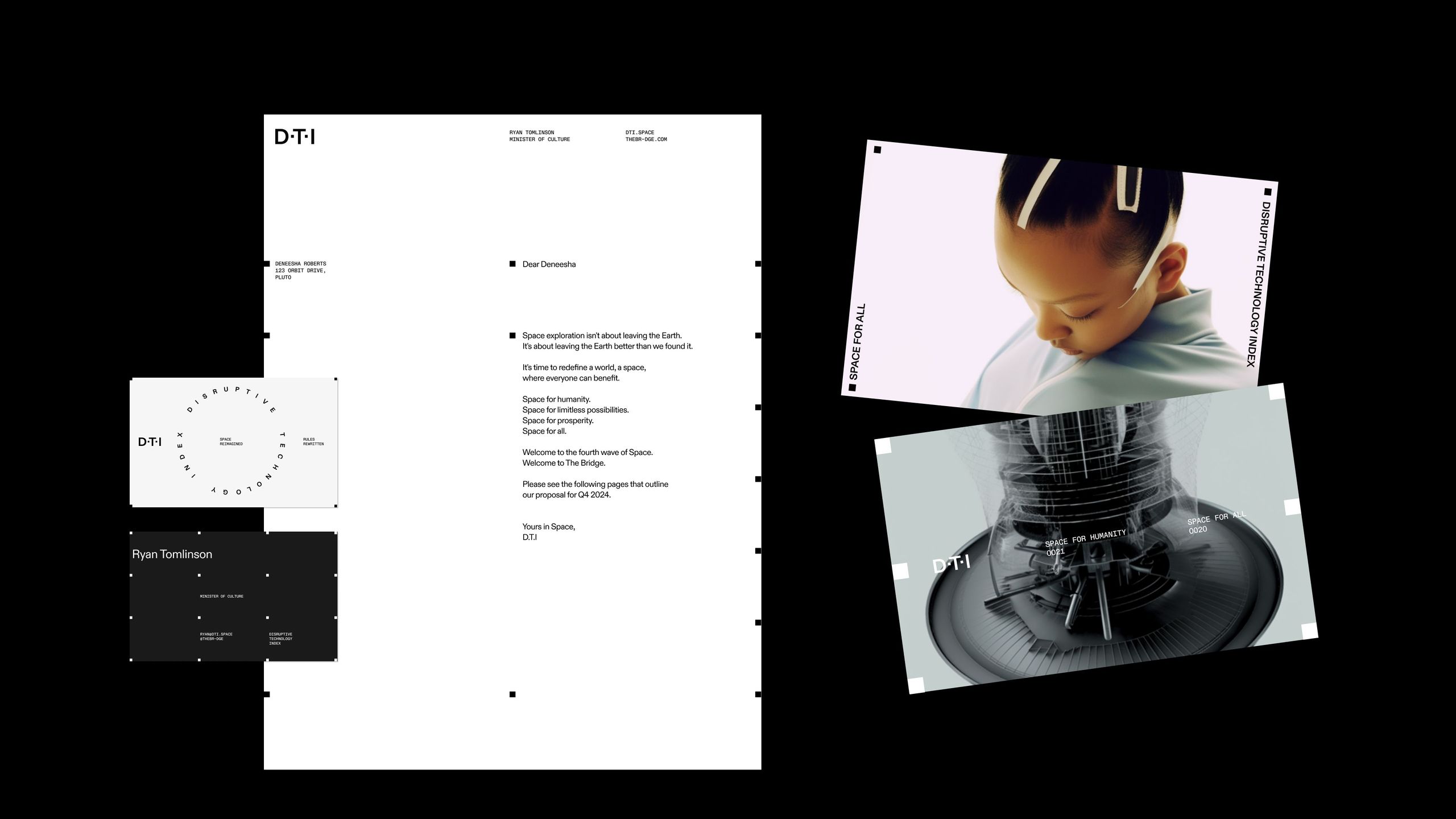
The visual library is central to the brand's impact, utilizing AI to blend space technology with elements of urban culture. From detailed planetary close-ups to vibrant lifestyle portraits, each image is crafted to challenge traditional views of space. Inspired by the Overview Effect, our imagery aims to transform perspectives—encouraging new viewpoints, welcoming the unexpected, and redefining the experience of space.
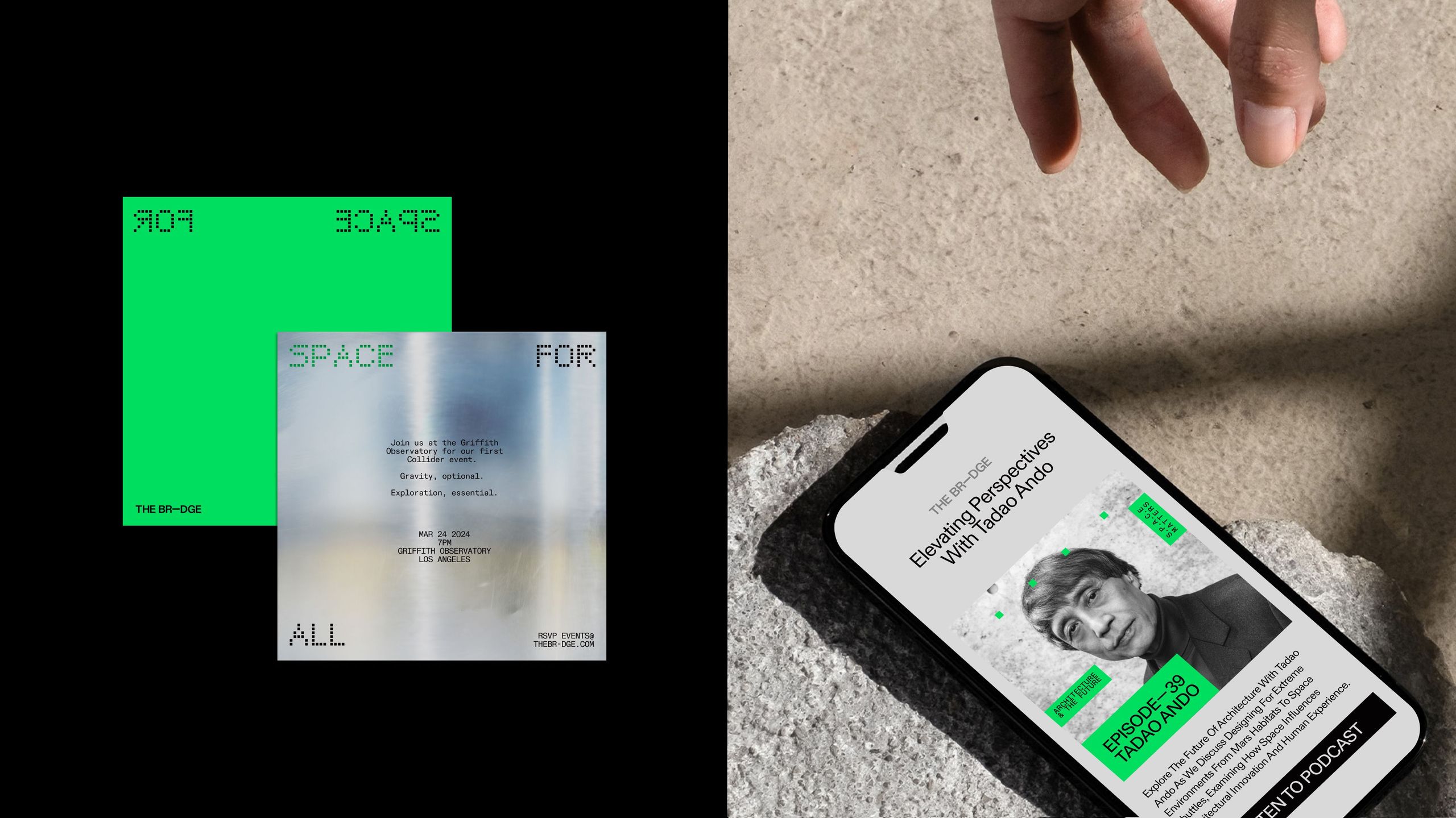
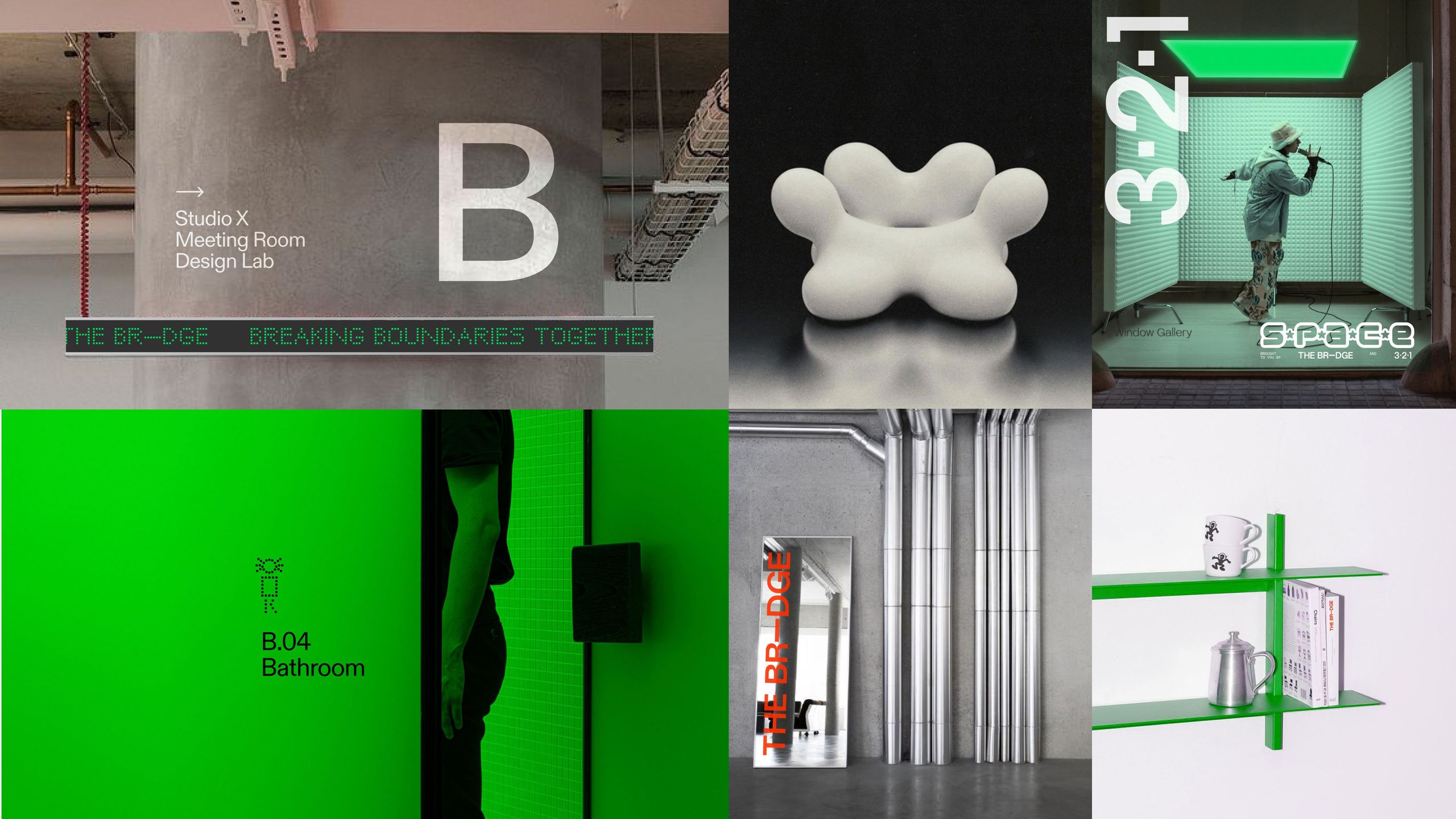

A central feature of the rebranding effort was the introduction of 3.2.1., a dynamic sub-brand for their upcoming media company. This new brand is dedicated to making space accessible and appealing, particularly to a younger audience, reinforcing their commitment to democratizing space exploration. With 3.2.1., our goal was to disrupt traditional space industry aesthetics and usher in a fresh era of space culture representation.
